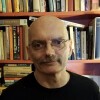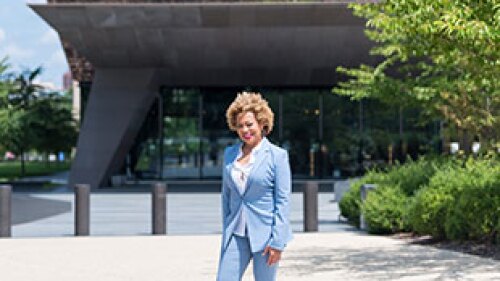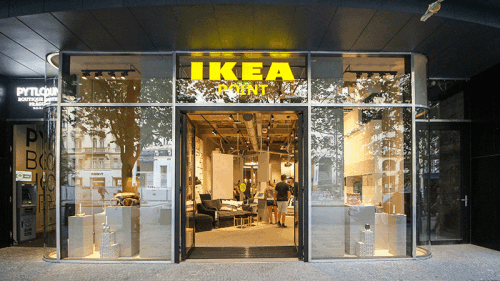Urban theorist Richard Florida vaulted into prominence in 2004 with his book The Rise of the Creative Class, which described how growing clusters of knowledge workers in urban areas were reshaping the economy and determining which places thrived or withered.
As Florida explained in a talk at the 2017 ULI Fall Meeting in Los Angeles, that trend turned out to be faster and more powerful than his forecast—and it came with negative consequences that he had not foreseen. As the creative class has become increasingly concentrated and prosperous, a growing chasm has emerged between them and the rest of the population, many of whom face an uncertain future and hardship as blue-collar jobs become less plentiful and wages fail to keep up with housing costs.
Florida warned of “a growing divide between places that are winning and places that are failing to keep up.” That societal split is the subject of his latest book, The New Urban Crisis: How Our Cities Are Increasing Inequality, Deepening Segregation, and Failing the Middle Class—and What We Can Do About It.
Florida, a professor at the University of Toronto and director of cities at the university’s Martin Prosperity Institute, and a distinguished fellow at New York University’s Schack Institute of Real Estate, said the divide became obvious to him on election night 2016, when he was shocked by Republican Donald Trump’s upset Electoral College victory over Democrat Hillary Clinton. Florida noted that, while Clinton won the popular vote by nearly 3 million, the geographical concentration of her support shows the extreme nature of the cultural divide.
“Look at the map of red and blue America,” Florida said. “It’s a sea of red with these giant spikes of blue along the coasts and in college towns.” It is not just ideological differences and economic inequality that divide the nation, but geography as well, he explained. “We live in two distinct and separate worlds.”
Florida, who grew up in the Newark, New Jersey, area, said he became interested in studying cities after trying to grapple with the traumatic experience of watching Newark go up in flames during the 1967 riots. He even recalled having to take refuge on the floor of his father’s car when they heard nearby gunshots. But despite that disturbing experience, Florida recalled the America of his youth as a place where it was common for people with differing political views and professional status to mix. He cited the example of his father, a New Deal Democrat who quit school in the seventh grade to work in an eyeglasses factory. His family lived next door to Florida’s engineer uncle, a staunch Reagan Republican.
But in today’s United States, people of different views and economic means live too far apart to understand one another. That isolation has increased as housing in urban cores has become increasingly expensive. Since 2000, Florida explains, “the top 10 percent of earners have moved back into cities, and the bottom 10 percent have been pushed out.”
Florida warned that cities that are attractive to creative workers are, in some ways, victims of their own success. Their increasingly disproportionate concentration of wealth, opportunity, and education has led to what he calls “the fundamental contradiction of modern capitalism,” in which prosperity raises income inequality and increases divisions.
“That clustering force is the same force that pulls us apart,” Florida said.
But Florida is not looking for another New Deal or War on Poverty to fix the problem. He said that the growing divide between haves and have-nots is not something that federal- or state-level intervention can solve. Instead, he thinks the gap can be bridged only at the local level, by public/private sector alliances of local developers, community activists, mayors, and civic organizations.
Instead of just aiming to boost a region’s economic output, he said, local leaders need to focus on ways to make the economy more inclusive and how to reduce housing costs for workers with more modest earnings. He also urged anchor institutions such as universities and hospital systems, which employ large numbers of service workers, to upgrade their pay and opportunities for advancement.
“Our great success in America has been teaching these communities to focus on their strengths,” Florida said. The next challenge “is to teach them how to do it in a more inclusive way.”
In a question-and-answer session with former Pittsburgh mayor and ULI senior resident fellow Tom Murphy, Florida floated the idea that mayors might take a more active role in national politics and break through the partisan infighting that increasingly has paralyzed Washington. Local leaders, he said, tend to be less ideologically extreme and more practical-minded, to the extent that when he meets mayors across the nation, he sometimes has trouble telling if they’re Democrats or Republicans. Cities’ willingness to move aggressively to deal with climate change is an example of what that flexibility can accomplish, he said.





